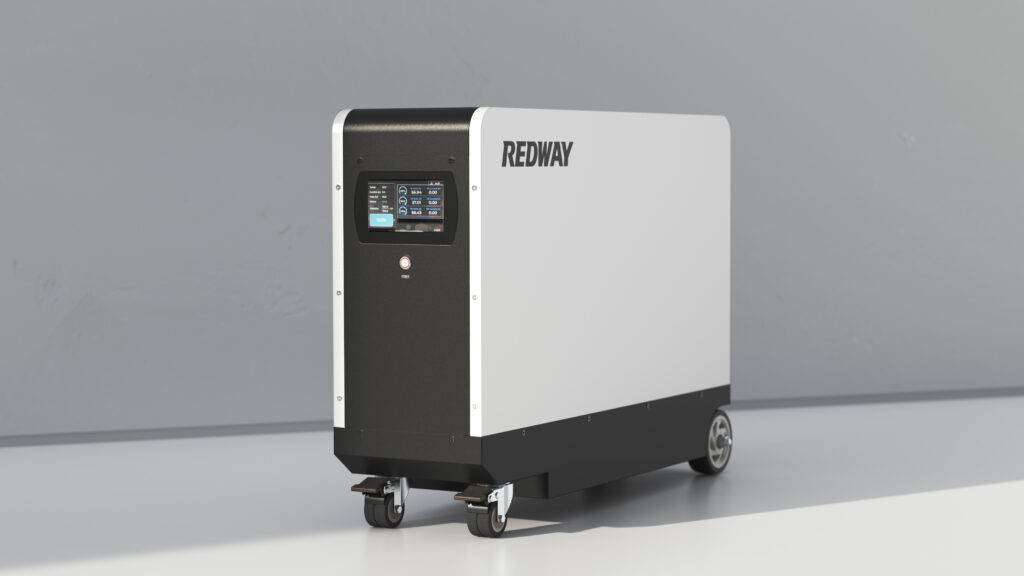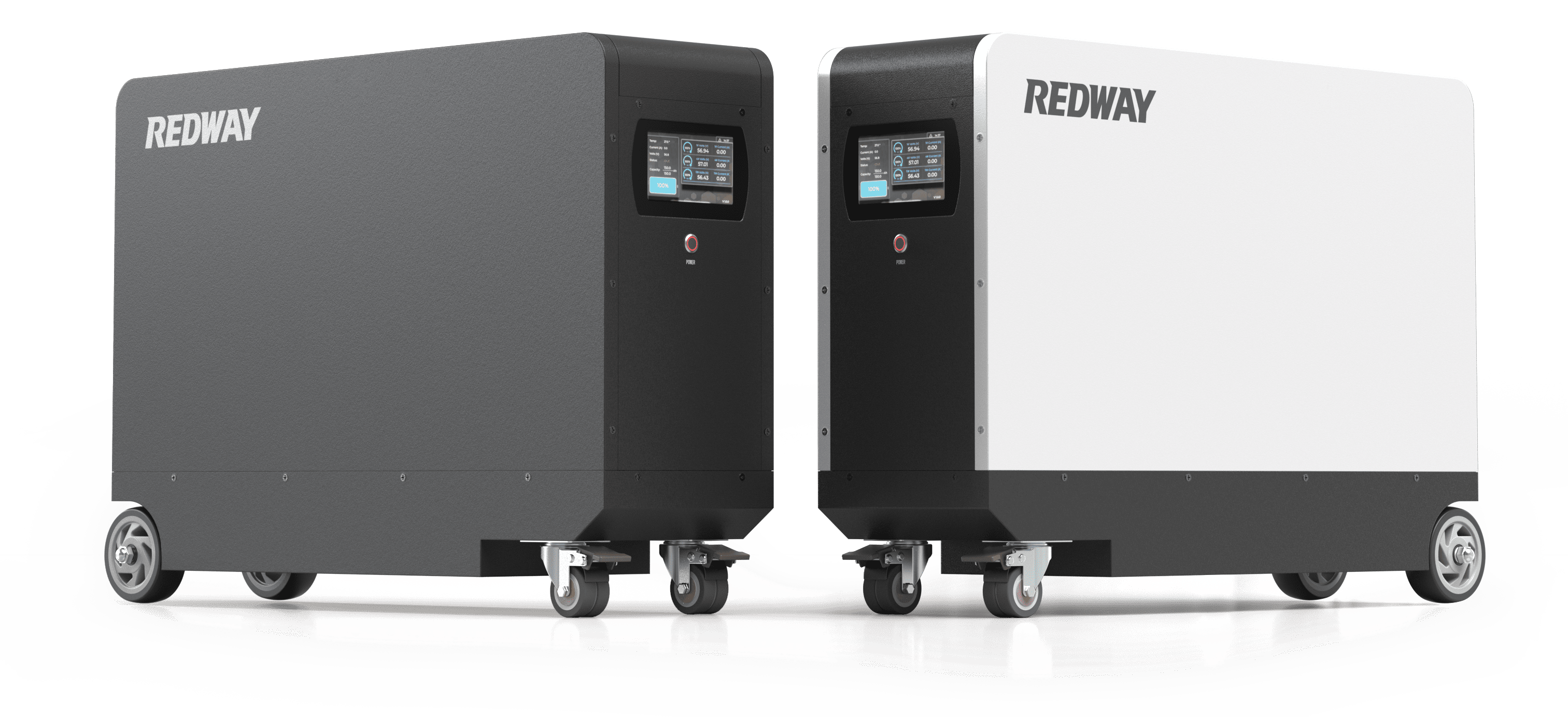Scientists and researchers are actively seeking alternative electrode materials to revolutionize the battery industry. Lithium-ion batteries, while widely used, face challenges in terms of sustainability and supply. As a result, various alternative materials are being explored for their potential to deliver high-performance batteries while addressing environmental concerns.

One promising alternative is sodium-ion batteries. Sodium, being more abundant and widely available than lithium, offers lower costs and reduced dependence on scarce resources. Sodium-ion batteries also exhibit higher thermal stability, minimizing safety concerns associated with lithium-ion batteries. However, the larger size of sodium ions slows down diffusion kinetics, limiting the overall energy density of these batteries.
Another alternative is aluminum-ion batteries. Aluminum, being abundant and low cost, presents a viable option for large-scale applications like grid storage. The trivalent nature of aluminum ions allows for higher charge storage capacity compared to monovalent lithium ions. Additionally, aluminum batteries can be manufactured using environmentally friendly materials, reducing the ecological footprint. However, finding suitable electrolytes and cathode materials that can effectively accommodate aluminum ions remains a challenge.
Magnesium-ion batteries are also gaining attention as an alternative. Magnesium, widely distributed in the Earth’s crust, offers the potential for higher energy density and improved safety compared to lithium-ion batteries. Magnesium ions have a bivalent charge, allowing for increased charge storage capacity. However, the limited number of suitable electrolytes and cathode materials that can efficiently handle the reversible magnesium intercalation and deintercalation processes hinders the overall performance of magnesium-ion batteries.

#post_seo_title
Potassium-ion batteries are another alternative electrode material being explored. Similar to sodium, potassium is cost-effective and reduces reliance on scarce resources. Potassium-ion batteries have shown promising potential in achieving high energy density, surpassing traditional lithium-ion batteries. However, the larger size of potassium ions presents challenges in terms of diffusion kinetics, limiting the overall power density of the battery.
Zinc-ion batteries, utilizing zinc as an electrode material, offer high energy density, high power density, and long cycle life. Zinc is abundant, more stable, and lower cost compared to lithium. However, commercial viability at scale remains a challenge due to issues with low Coulombic efficiency, capacity fading over time, and dendrite formation causing short circuits.
In summary, the quest for more sustainable and efficient energy solutions has driven scientists to explore alternative electrode materials for high-performance batteries. Sodium, aluminum, magnesium, potassium, and zinc are some of the promising alternatives being investigated. Each material has its own unique advantages and challenges, and further research is needed to optimize their performance and make them commercially viable.
FAQs:
1. Why are scientists exploring alternative electrode materials for batteries?
Scientists are exploring alternative electrode materials to address the limitations and concerns surrounding the sustainability and supply of lithium, which is widely used in batteries. These alternatives aim to provide high-performance batteries while reducing dependence on scarce resources.
2. What are the advantages of sodium-ion batteries?
Sodium-ion batteries offer lower costs and reduced reliance on scarce resources compared to lithium-ion batteries. They also exhibit higher thermal stability, minimizing safety concerns. However, the larger size of sodium ions limits the overall energy density of these batteries.
3. Why are aluminum-ion batteries considered for large-scale applications?
Aluminum-ion batteries utilize aluminum, an abundant and low-cost material, making them suitable for large-scale applications such as grid storage. The trivalent nature of aluminum ions allows for higher charge storage capacity compared to lithium ions.
4. What are the challenges in developing magnesium-ion batteries?
Magnesium-ion batteries have the potential for higher energy density and improved safety. However, the limited number of suitable electrolytes and cathode materials that can efficiently handle the reversible magnesium intercalation and deintercalation processes hinders their overall performance.
5. What are the advantages of zinc-ion batteries?
Zinc-ion batteries offer high energy density, high power density, and long cycle life. Zinc is abundant, more stable, and lower cost compared to lithium. However, challenges remain in achieving high Coulombic efficiency and preventing capacity fading and dendrite formation.


